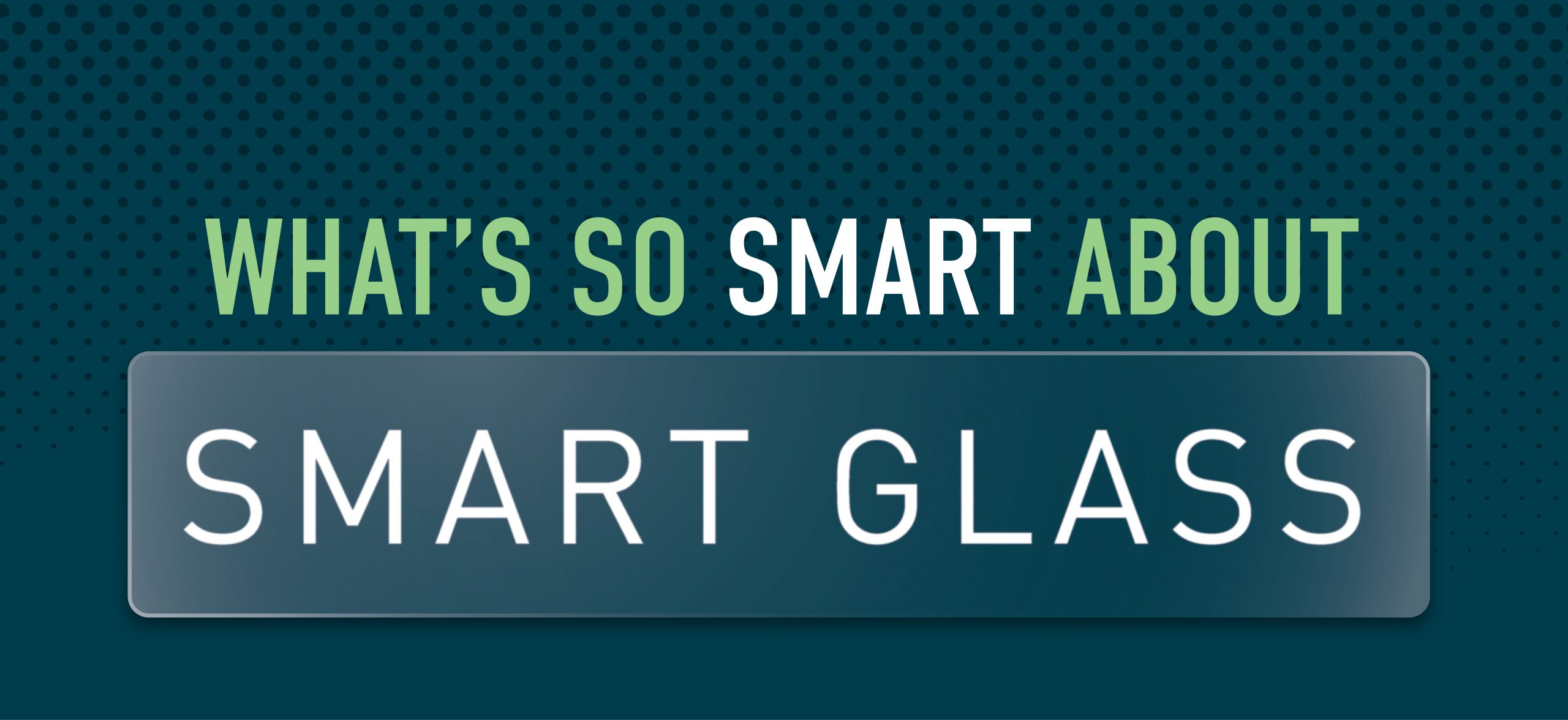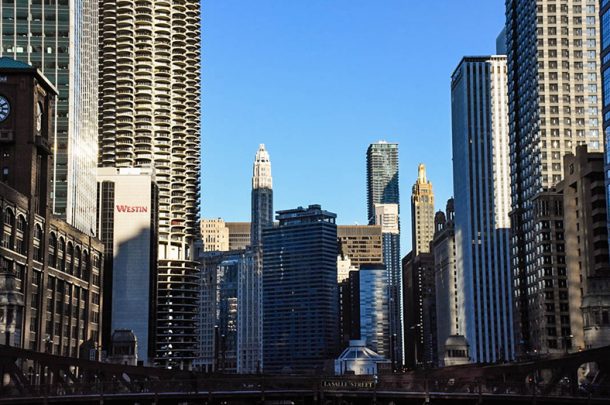
When designing or renovating a building, there are many crucial factors to consider and important decisions that need to be made. Couple that with the need to adhere to the necessary National standards and local codes, and it’s easy to see how a project can quickly become overwhelming for engineers and architects. However, some of the most challenging decisions for designers involve how to incorporate sustainability objectives using more sustainable methods. While designing a green building is nothing new to the architecture, engineering and construction (AEC) industry, there are many reasons why eco-friendly design could, and should, be a key objective for all your projects – whether they are based on the Owner’s goals or mandated by codes.
Regardless of the overall project goals for green design, some level of energy efficiency will be required on your project. Energy efficiency is mandated across the U.S. with the adoption of the International Energy Conservation Code (IECC). With a move to Net Zero energy in the 2021 version of the code, more stringent levels of efficiency are now being mandated. These higher levels of efficiency require a much more collaborative process between Owners, architects and the entire engineering team. Furthermore, there are many factors in the design for sustainable buildings – all of which consider the impact on the occupants. Whether you are pursuing a 3rd party certification (such as LEED, Green Globes, WELL or Living Building Challenge), meeting the Owner’s sustainability goals or designing for the proven benefits in productivity and health, occupant comfort is always a major factor for any successful sustainable project.
One major focal point in maximizing occupant comfort includes daylighting and views. While this is a great benefit for occupants, it is a considerable design challenge for energy efficiency. The more glass a building has, the more difficult it is to heat and cool the space. On top of that, too much daylight can cause significant glare issues while using computers. This is a challenge in both new buildings and renovation projects. While new window units may have better insulation around the perimeter, the glass itself is still the largest source of heat transfer for a building. This is where the many benefits of Smart Glass or Electrochromic glass come into play.
Electrochromic glass is a type of glass that uses electricity to change its light transmittance properties to heat or cool a structure. Electrochromic glass is created by supplying a low voltage electrical current between the panes of glass. These systems are also known as Smart Glass, Dynamic Glass, or Switchable Glass.
There are plenty of solutions for controlling glare and solar heat gain. Glazing can be selected to control light levels or reflect sunlight based on the orientation of the building, the façade design, and the climate. Installation of physical louvers or light shelves on the exterior can also be utilized, as well as interior elements like roller shades or blinds. While there are some adjustments that can be integrated with the daylighting systems that react to changing weather and schedules, most of these adjustments only work in one situation.
Exterior elements are either fixed or have limited adjustment capabilities. They also have the largest impact on the exterior look of a building and require additional raw building materials. Exterior elements only have limited ability to block incoming solar heat gain. Interior devices have slightly more controllability if they are automatic – but to be effective, they block the exterior views and require regular maintenance and cleaning. Interior devices are not as effective at controlling heat gain since the heat has already “entered” the building envelope. Interior shades or blinds also have a shorter life span, typically lasting around five to seven years.
Smart Glass has the ability to address both Visual Light Transmittance (VLT) and Solar heat-gain coefficient (SHGC). VLT indicates how much of the visible light hitting the surface of the glass makes it through to the indoors. Shown as a percentage, a glass that is perfectly clear would have a VLT of 100% while darker glasses have a VLT lower than 40%. Solar heat-gain coefficient (SHGC) is a number between 0 and 1 that indicates how much of the solar heat hits the surface of a window and impacts the heating or cooling. Lower numbers are better for blocking solar heat, while higher numbers are better for passive solar heating. In climates like Chicago, you may need to address both.
Earlier versions of Smart Glass had issues with color clarity and tint that have been addressed in newer iterations. There are several manufacturers that provide these products so that on projects with public funding, the requirements to provide multiple vendors can be met. Each pane of glass is made with multiple layers including a conductive layer, an anode layer, the electrochromic material, a cathode layer, and another conductive layer. A very low voltage charge creates the desired tint which can be varied from top to bottom for each pane. This helps to further control glare and light transfer. Reversing the polarity of charge (like the two ends of a battery) can remove the tint and shading as the environmental conditions change. These systems can be fully integrated into a Building Automation System (BAS) and Lighting Control system to take advantage of Smart Glass’ benefits.
On a recently completed project, Primera studied many different strategies to maximize energy efficiency for the headquarters of the local utility company. Since this project needed to showcase energy efficiency strategies, many different scenarios were analyzed for first costs, life cycle costs and ease of maintenance. After several preliminary models were developed, Primera selected to utilize electrochromic or Smart Glass to help realize a 32% overall energy savings (as compared to the ASHRAE baseline) and achieved a LEED Platinum certification. No physical sun screening was required on the exterior and interior blinds were also omitted for added cost savings.
There have been many supporters for Smart Glass and the advantages that this product can bring to projects. As this solution gains more market share in the U.S., additional incentives may follow. Recently, Federal legislation has been introduced for tax incentives (up to 30% tax savings) – similar to the Historic Properties credits that can be used to offset initial costs for installation.
Designers should investigate the benefits of incorporating Smart Glass in their next project – whether its new construction or renovation. The benefits of energy efficiency and occupant comfort is a win-win for any project with the goal of a more sustainable footprint.







 Navigating the New Energy Code
Navigating the New Energy Code 







